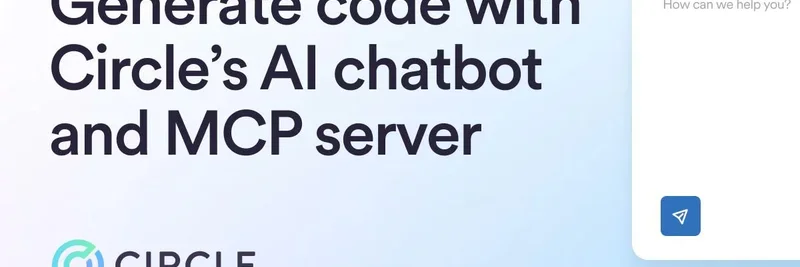Hey there, crypto enthusiasts! If you've been keeping an eye on the latest buzz in the DeFi (Decentralized Finance) world, you might have stumbled across a fascinating tweet from Armani Ferrante, a well-known voice in the crypto space. Posted on July 7, 2025, at 10:37 UTC (which was 7:37 PM JST, just a few hours ago as I write this!), this tweet dives into how Backpack Exchange's risk engine redefines the way we think about borrowing, lending, and trading. Let’s break it down and see what it means for you, whether you're a seasoned trader or just dipping your toes into the meme coin and blockchain waters!
What’s the Big Idea?
Armani’s tweet highlights a cool feature of Backpack Exchange’s risk management system. He explains that from the perspective of the @Backpack risk engine, a borrow-lend action is treated the same way as a directional position—like a long or short trade on perpetual contracts (often called "perps" in crypto lingo). This means whether you’re borrowing funds to trade or lending out your assets to earn interest, the platform handles it all under one unified account. The liquidator (the system that steps in when things go south) follows the same "waterfall" process to close out positions, keeping everything streamlined.
This is a game-changer because it simplifies risk management. Instead of treating borrowing and lending as separate activities with different rules, Backpack bundles them into a single strategy. Pretty neat, right? It’s like having all your crypto moves managed under one roof, which can save you from the headache of juggling multiple accounts or strategies.
Why Does This Matter?
So, why should you care? Well, this unified approach boosts something called capital efficiency. In simple terms, it means you can make the most out of your assets. For example, if you lend out your SOL (Solana’s native token), those assets can also act as collateral for new trades. Plus, Backpack’s system is designed to give you interest on your lent assets while keeping your collateral safe—talk about a win-win!
The tweet also mentions that this setup is tied to a "single account" model. This is similar to what you might see in traditional finance with Unified Managed Accounts (UMAs), but adapted for the wild world of DeFi. It means all your positions—whether they’re trades, loans, or lent assets—are monitored and managed together, reducing the risk of nasty surprises like liquidation (when your collateral gets sold off to cover a loss).
The Liquidation Waterfall: What Happens When Things Get Rough?
One of the coolest parts of Armani’s insight is the mention of the "waterfall" process for liquidations. In DeFi, liquidations happen when the value of your collateral drops too low compared to what you owe. Backpack’s risk engine uses a structured approach to handle this, closing out positions in a predictable order. This keeps the platform stable, even during crazy market volatility—like the March 2023 crash when DeFi saw a surge in liquidations (learn more about DeFi liquidations here).
But here’s where it gets interesting: the tweet doesn’t spill all the beans on how the engine decides which positions to close first. A follow-up comment from @0xEvoy asks a great question—does it prioritize based on position size, risk score, or something else? While Armani hasn’t replied yet (as of 7:42 PM JST), this hints at a smart algorithm at work, possibly balancing risk across all your trades and loans. We’ll keep an eye out for updates!
Connecting the Dots with GhostFi and Solana
This tweet doesn’t stand alone—it’s part of a broader conversation. Earlier in the day, Armani shared a post about lend rates looking good, which tied into a thread from GhostFi, a Solana-powered trading platform. GhostFi’s roadmap includes AI-driven signals and paper trading (a risk-free way to practice), all built on Solana’s speedy blockchain. The connection? Both platforms are pushing the boundaries of how we use crypto assets, and Backpack’s unified risk engine could be the backbone that makes these strategies viable.
If you’re into meme tokens or DeFi projects, this synergy is worth watching. Solana’s low fees and high speed make it a hotspot for innovative platforms, and Backpack’s tech could help traders like you maximize returns while minimizing risks.
What’s Next for Traders?
Armani’s tweet has sparked some fun reactions too! @banditxbt shared a Pepe the Frog meme (you can see it above!) admitting they’re vibing with the idea but not fully grasping it—relatable, right? Others, like @Sani9809, jokingly asked if 800 points are enough to retire, showing the community’s mix of curiosity and humor.
For now, the big takeaway is that Backpack Exchange is leveling up how we handle risk in DeFi. Whether you’re lending SOL to earn staking yields or borrowing USD to trade meme coins, this unified approach could make your crypto journey smoother. Keep an eye on meme-insider.com for more updates as we dig deeper into how this tech impacts the meme token space and beyond!
Got questions or thoughts? Drop them in the comments—we’d love to hear from you!



